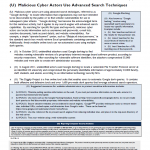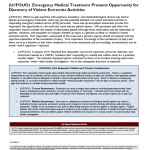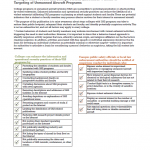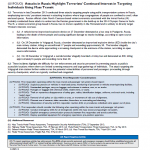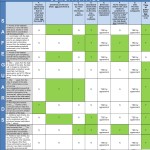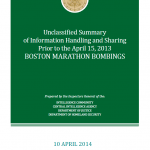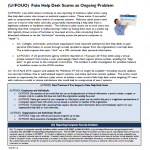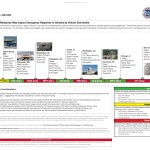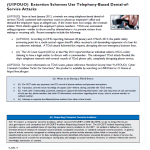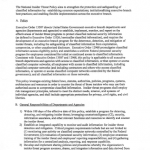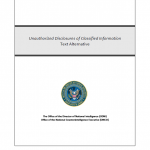
This course identifies and discusses employees’ responsibilities for safeguarding classified information against unauthorized disclosures. This course also outlines the criminal and administrative sanctions which can be imposed for an unauthorized disclosure. While there are multiple categories of unauthorized disclosures, this course will focus on unauthorized disclosures to the media due to the significance of the damage these leaks have caused to both the Intelligence Community (IC) and national security.

